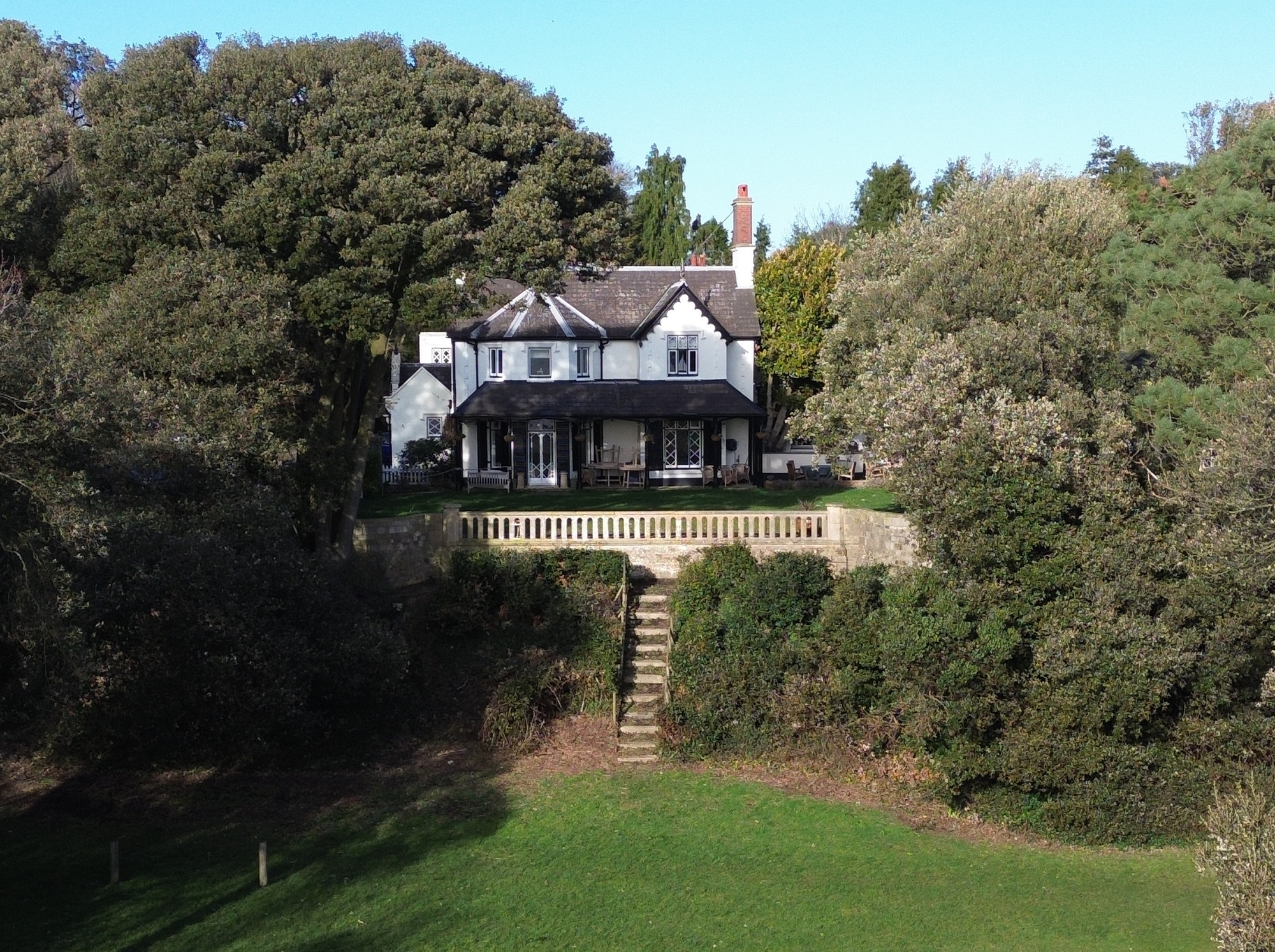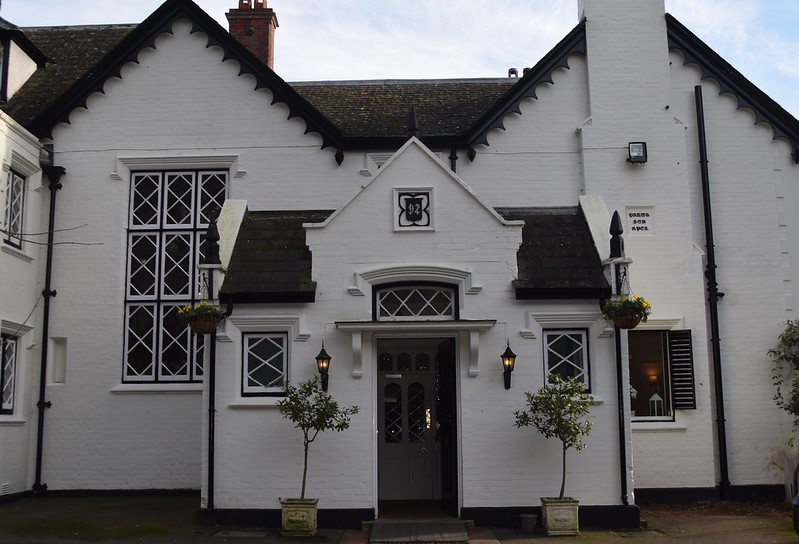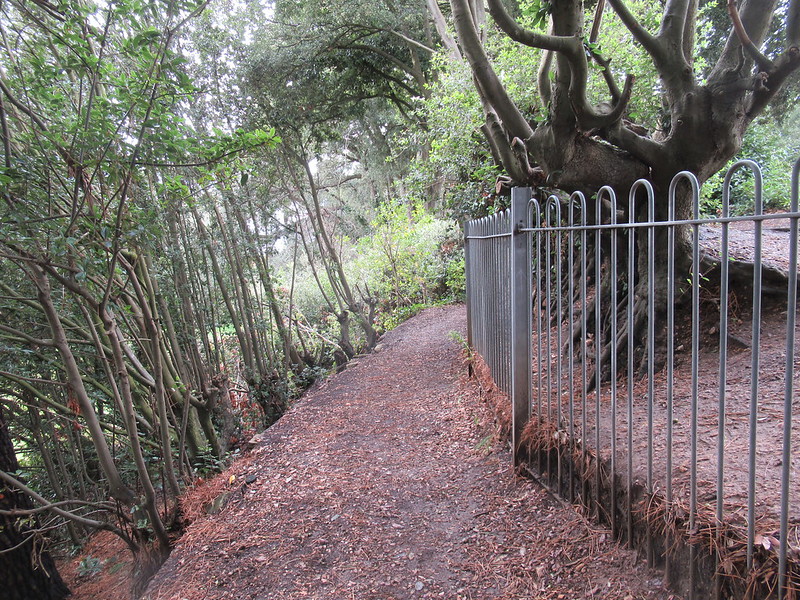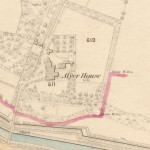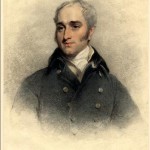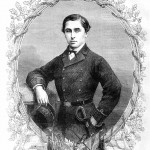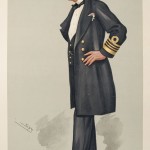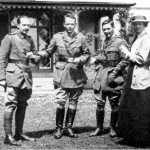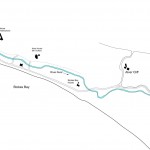Alver Bank House or Alver House, now the Alverbank Hotel, was built in 1842 for John Wilson Croker, a politician and writer, MP and a founding member of the Athenaeum Club in London. Croker was a friend of Lord Ashburton, who built and lived in nearby Bay House and who encouraged him build Alver Bank House next door. The house was visited by Robert Peel, the Prime Minister and the Duke of Wellington. After Croker’s death in 1857, Prince Alfred Ernest, the future Duke of Edinburgh (from 1866) stayed at Alverbank from October 1857 to September 1858 whilst he studied under the Rev. Jolly and his tutor, Lieutenant Cowell R.E. The house, rented but not owned by Queen Victoria, was used by her when travelling to and from Osborne House.
In 1859, Lord Dumfermline was reported as living at Alverbank. In January 1863 the trustees of Croker leased the house to Captain John Edmund Commerell VC for 21 years from 1 November 1862. He was the second son of John Williams Commerell of Strood Park, Horsham and he entered the navy in 1842 and awarded his VC in 1854. As Admiral Sir John Edmund Commerell, RN, VC he was resident with his family at Alverbank for a number of years surrendering the lease in 1869.
In 1907, the house was occupied by Edward Darell and Mrs Darell-Blount and sold in 1912 to Winfred Alured Comyn Platt, (later a Colonel), part of a marriage settlement between Platt and Louisa Maria Atherley. The Platt family built an extension to the house (dated 1912 above the doorway). The Platts did not move from London the house until 1915 to avoid the bombing raids and returned to London in 1917. Their motto can be seen by the front door (parva sed apta – small but fit, convenient or perfect). They then let Alverbank to Lt R Smith-Barry, who used the house as an extension to the officers’ mess from nearby Fort Grange airfield. Here he worked on the famous ‘Gosport Tube’, an apparatus that allowed young pilots to talk to their instructors during training flights.
In 1947 Gosport Borough Council made an offer of £7,500 for Alverbank with the accompanying 7½ acres of park land adjoining Stanley Park. The offer was refused so the Council issued a Compulsory Purchase Order with the house becoming theirs in 1948. Listed Grade II it is now the Alverbank Hotel.
